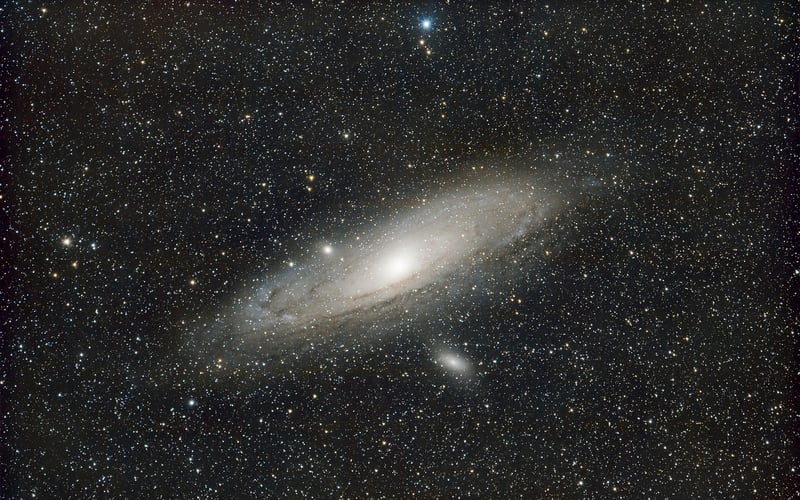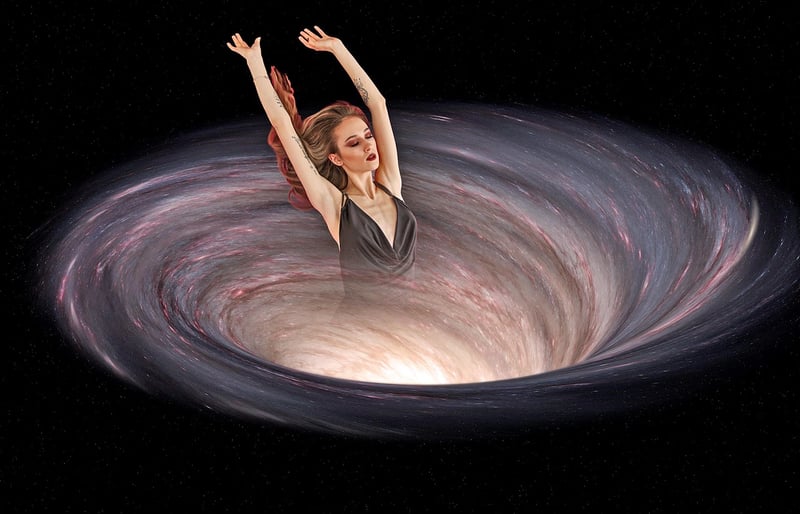Wormholes
The Science Behind Time Travel and Wormholes
Time travel has long been a fascinating concept in science fiction, but is it really possible? Let's delve into the science behind time travel and explore the intriguing concept of wormholes.
Time Travel
According to the theory of relativity proposed by Albert Einstein, time is not a fixed constant, but rather a dimension that can be manipulated. Time dilation, a key concept in this theory, suggests that time can be stretched or contracted depending on the speed of an object relative to the observer.
Types of Time Travel:
- Forward Time Travel: Traveling into the future is theoretically possible by moving at speeds close to the speed of light. This would result in time dilation, where less time passes for the traveler compared to those left behind.
- Backward Time Travel: Traveling into the past is more complex and has not been proven scientifically. The concept involves closed timelike curves or wormholes.
Wormholes
Wormholes are hypothetical tunnels in spacetime that could create shortcuts for long journeys across the universe. Einstein's equations allow for the existence of wormholes, but they would require exotic matter with negative energy densities to keep them stable.
How Wormholes Could Enable Time Travel:
By connecting two points in spacetime, a wormhole could potentially allow for faster-than-light travel and even the possibility of time travel. However, traversable wormholes that could be used by spacecraft or humans remain purely theoretical and have not been observed.
Conclusion
While time travel and wormholes capture our imagination, they are still in the realm of theoretical physics. The scientific community continues to explore these concepts, pushing the boundaries of our understanding of the universe.
For more information on time travel and wormholes, check out these resources:


